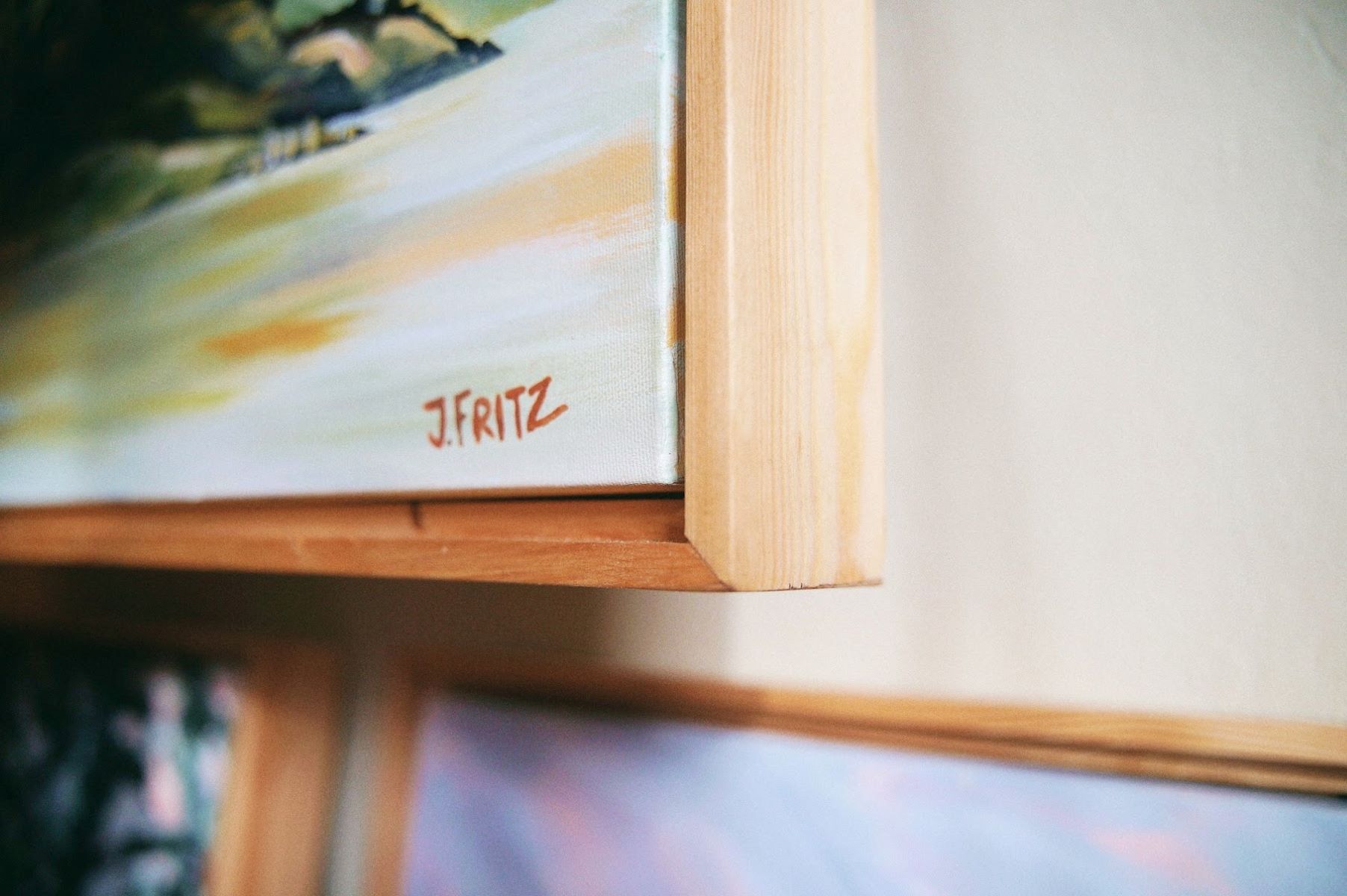

Articles
How To Build Floating Picture Frames
Modified: December 7, 2023
Learn how to build stunning floating picture frames with this comprehensive guide. Discover expert tips, step-by-step instructions, and creative design ideas. Perfect for DIY enthusiasts and artists.
(Many of the links in this article redirect to a specific reviewed product. Your purchase of these products through affiliate links helps to generate commission for Storables.com, at no extra cost. Learn more)
html
Introduction
Are you looking to display your artwork or favorite photographs in a unique and stylish way? Consider building floating picture frames. These frames not only provide a clean and modern look, but they also give the illusion that your pictures are floating on the wall. In this article, we will guide you through the step-by-step process of building your own floating picture frames.
With just a few materials and some basic woodworking skills, you can create a beautiful frame that will showcase your pictures or artwork in an eye-catching manner. Whether you’re a DIY enthusiast or a beginner, this project is perfect for adding a personal touch to your home decor.
Before we delve into the step-by-step instructions, let’s take a look at the materials you’ll need to get started.
html
Key Takeaways:
- Create stunning floating picture frames with wood, glue, and a touch of creativity. Showcase your favorite memories in a modern and elegant way, adding a personal touch to your home decor.
- Transform your space with DIY floating picture frames. From measuring and cutting to staining and mounting, enjoy the satisfaction of creating unique frames that bring your cherished memories to life on the wall.
Read also: 11 Best Floating Picture Frames for 2024
Materials Needed
Before starting the project, gather the following materials:
- Wood boards (1×3 or 1×4) – You will need enough for the desired number and size of frames.
- Sandpaper (medium and fine grit)
- Wood stain or paint
- Cloth or brush for applying the stain/paint
- Saw
- Measuring tape
- Square or level
- Wood glue
- Picture hanging hardware (such as D-rings or sawtooth hangers)
- Hammer or screwdriver
Make sure you have all the necessary materials before you begin the project. This will ensure a smooth workflow and prevent any unnecessary delays.
html
Step 1: Measure and Cut the Wood
The first step in building your floating picture frames is to measure and cut the wood to the desired sizes. Start by determining the size of the frame you want to create. Measure the width and height of the picture or artwork you plan to frame, and add an additional 2 inches to each measurement to allow for the frame’s border. This will be the size of the inner frame.
Next, measure and mark the wood boards according to the dimensions of the inner frame. Use a square or level to ensure accurate measurements and straight lines. Once marked, carefully cut the wood boards using a saw. For clean and precise cuts, it is recommended to use a miter saw or a table saw.
Remember to use proper safety precautions when working with saws, such as wearing safety goggles and keeping your fingers away from the blade.
After cutting the boards for the inner frame, repeat the process to cut additional boards for the outer frame. These outer boards will be slightly longer and wider than the inner frame boards to create a border around the picture.
Take your time with the cutting process to ensure accurate measurements and clean cuts. This will make the assembly process much smoother and result in a professional-looking floating picture frame.
html
Step 2: Sand the Wood
Once you have cut the wood boards for your floating picture frames, the next step is to sand them to create a smooth and polished surface. Sanding the wood will remove any rough edges, splinters, or imperfections, ensuring a professional finish and preventing any potential damage to your pictures or artwork.
Start by using medium-grit sandpaper to remove any noticeable roughness or splinters on the cut edges and surfaces of the boards. Use smooth, even strokes, and sand in the direction of the wood grain to achieve the best results.
After sanding with the medium-grit sandpaper, switch to fine-grit sandpaper to further smooth the wood surface and prepare it for staining or painting. Sanding with fine-grit sandpaper will help to achieve a flawless finish and allow the stain or paint to adhere properly.
Remember to sand all sides of the wood boards, including the inner and outer frame pieces. Take your time and pay attention to detail to ensure that the surface is uniform and free from any roughness.
Once you have finished sanding, use a cloth or brush to remove any dust or debris from the wood. This will prepare the frames for the next step: staining or painting.
html
Step 3: Stain or Paint the Wood
Now that you have sanded the wood boards for your floating picture frames, it’s time to add some color or finish to them. You have two options: staining or painting.
If you prefer a natural and elegant look, staining the wood is a great choice. Wood stain enhances the natural beauty of the grain and adds depth and richness to the frames. Choose a stain color that complements your decor and personal style.
Before applying the stain, make sure the wood surface is clean and free from dust. Use a cloth or brush to apply the stain evenly, following the manufacturer’s instructions. Wipe away any excess stain with a clean cloth. Allow the stain to dry completely before moving on to the next step.
If you prefer to add a pop of color or want to match your frames to a specific theme or color scheme, painting is the way to go. Choose a paint color that suits your style and apply it evenly to the wood surface using a brush or roller.
Allow the paint to dry completely between coats, following the manufacturer’s instructions. You may need to apply multiple coats for full coverage.
Whether you choose to stain or paint your frames, both options will add a personalized touch to your floating picture frames and enhance their overall appeal.
Once the stain or paint has dried, you’re ready to move on to the next step: assembling the frames.
html
When building floating picture frames, use clear fishing line to hang the picture, creating the illusion of it floating within the frame. This will give a modern and sleek look to your artwork.
Read more: How To Make A Floating Bed Frame
Step 4: Assemble the Frame
With the wood boards stained or painted and fully dried, it’s time to assemble the floating picture frames. This step involves attaching the inner and outer frame pieces together to create the frame structure.
Start by laying the inner frame pieces flat on a clean and flat surface. Apply a thin layer of wood glue along the cut edges of the boards. Then, carefully position the outer frame pieces on top of the inner frame, aligning them at the corners.
Press the outer frame pieces firmly against the inner frame, ensuring they are flush and aligned. You can use clamps or heavy objects to hold the pieces together while the wood glue dries. Leave the frames clamped or weighted down according to the wood glue’s recommended drying time.
Once the wood glue has fully dried and the frames feel secure, remove the clamps or weights. Inspect the corners and edges to ensure they are tightly bonded. If needed, you can reinforce the corners with small finishing nails or screws for extra stability.
Take your time during the assembly process to ensure the corners are accurately aligned and the frames are securely joined. This will result in a strong and durable frame that will securely hold your pictures or artwork.
After the frames have been assembled and reinforced if necessary, allow them to dry completely before moving on to the next step: attaching the picture hanger.
html
Step 5: Attach the Picture Hanger
Now that your floating picture frames are assembled, it’s time to attach the picture hanger. The picture hanger will allow you to securely hang your frames on the wall.
There are several types of picture hangers available, such as D-rings, sawtooth hangers, or keyhole hangers. Choose the one that best suits your frame and the weight of the picture or artwork you plan to hang.
Measure and mark the desired placement of the picture hanger on the back of the frame. Make sure it is centered and level. Then, use a hammer or screwdriver to attach the picture hanger securely to the frame.
For D-rings or sawtooth hangers, you will need to screw them into the back of the frame. Make sure the screws are long enough to securely hold the hanger and penetrate the wood but not too long to go through the front of the frame.
If you’re using a keyhole hanger, you will need to drill a small hole at the marked location and then insert the hanger’s prongs into the hole.
Before hanging your frames, double-check that the picture hanger is securely attached and can support the weight of the frame and the picture or artwork inside.
Now that the picture hanger is in place, you’re almost ready to showcase your beautiful floating picture frames. The final step is to mount the frames on the wall.
html
Step 6: Mount the Picture on the Wall
Congratulations! You’ve reached the final step of creating your floating picture frames. It’s time to mount them on the wall and proudly display your pictures or artwork.
Start by determining the desired location for your frames on the wall. Use a measuring tape and level to ensure precise positioning. Once you’ve found the perfect spot, mark the placement with a pencil.
If your frames have D-rings or sawtooth hangers, you will need to use nails or screws to hang them. Hold the frame against the wall at the marked position and carefully insert the nails or screws through the D-rings or sawtooth hangers into the wall. Make sure they are securely attached and level.
If your frames have keyhole hangers, you will need screws or wall anchors that fit into the keyhole slots. Hold the frame against the wall, aligning the keyholes with the screws or anchors, and then gently slide the frame downward to lock it in place.
Once your frames are securely mounted on the wall, step back and admire your handiwork. The floating picture frames add a touch of elegance and uniqueness to any space, drawing attention to the pictures or artwork they hold.
Remember to hang your frames at eye level or at a height that suits your preference and the overall aesthetic of the room.
Now, all that’s left to do is to place your desired pictures or artwork inside the frames. Whether it’s family photos, cherished memories, or pieces of art, your pictures will enhance the beauty of the frames and bring life to the wall.
Enjoy the satisfaction of creating your own floating picture frames and the joy of showcasing your favorite images for everyone to admire!
html
Conclusion
Building floating picture frames is a rewarding and creative DIY project that allows you to display your favorite pictures or artwork in a stylish and modern way. By following the step-by-step instructions outlined in this article, you can create personalized frames that will enhance the visual appeal of any room.
From measuring and cutting the wood to sanding, staining or painting, assembling the frames, attaching the picture hanger, and mounting them on the wall, each step contributes to the final product. Taking your time and paying attention to detail will yield professional-looking results.
Not only do floating picture frames provide an innovative and unique way of showcasing your pictures or artwork, but they also serve as a conversation piece and a reflection of your personal style. The illusion of the pictures floating on the wall adds an element of intrigue and visual interest.
Remember to choose high-quality materials and tools to ensure the durability and longevity of your frames. Whether you’re a DIY enthusiast or a beginner, this project is accessible and enjoyable for anyone who wants to add a touch of creativity and personalization to their home decor.
Now that you have the knowledge and instructions to build your own floating picture frames, it’s time to gather the materials and get started on this exciting project. Let your imagination soar as you create beautiful frames that will preserve and showcase your cherished memories for years to come.
So, grab your tools and let’s embark on this creative journey of building floating picture frames that will transform your space and captivate the eyes of all who see them!
Frequently Asked Questions about How To Build Floating Picture Frames
Was this page helpful?
At Storables.com, we guarantee accurate and reliable information. Our content, validated by Expert Board Contributors, is crafted following stringent Editorial Policies. We're committed to providing you with well-researched, expert-backed insights for all your informational needs.
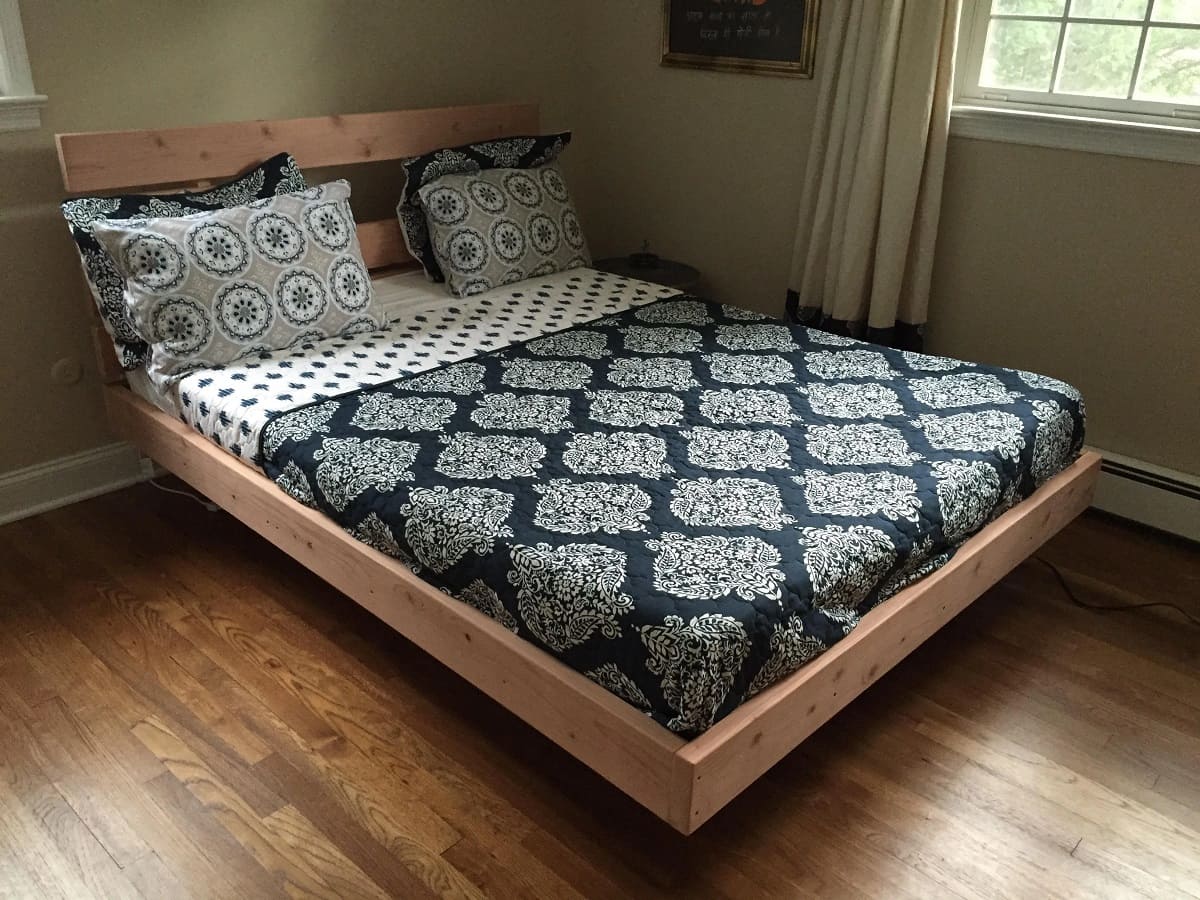
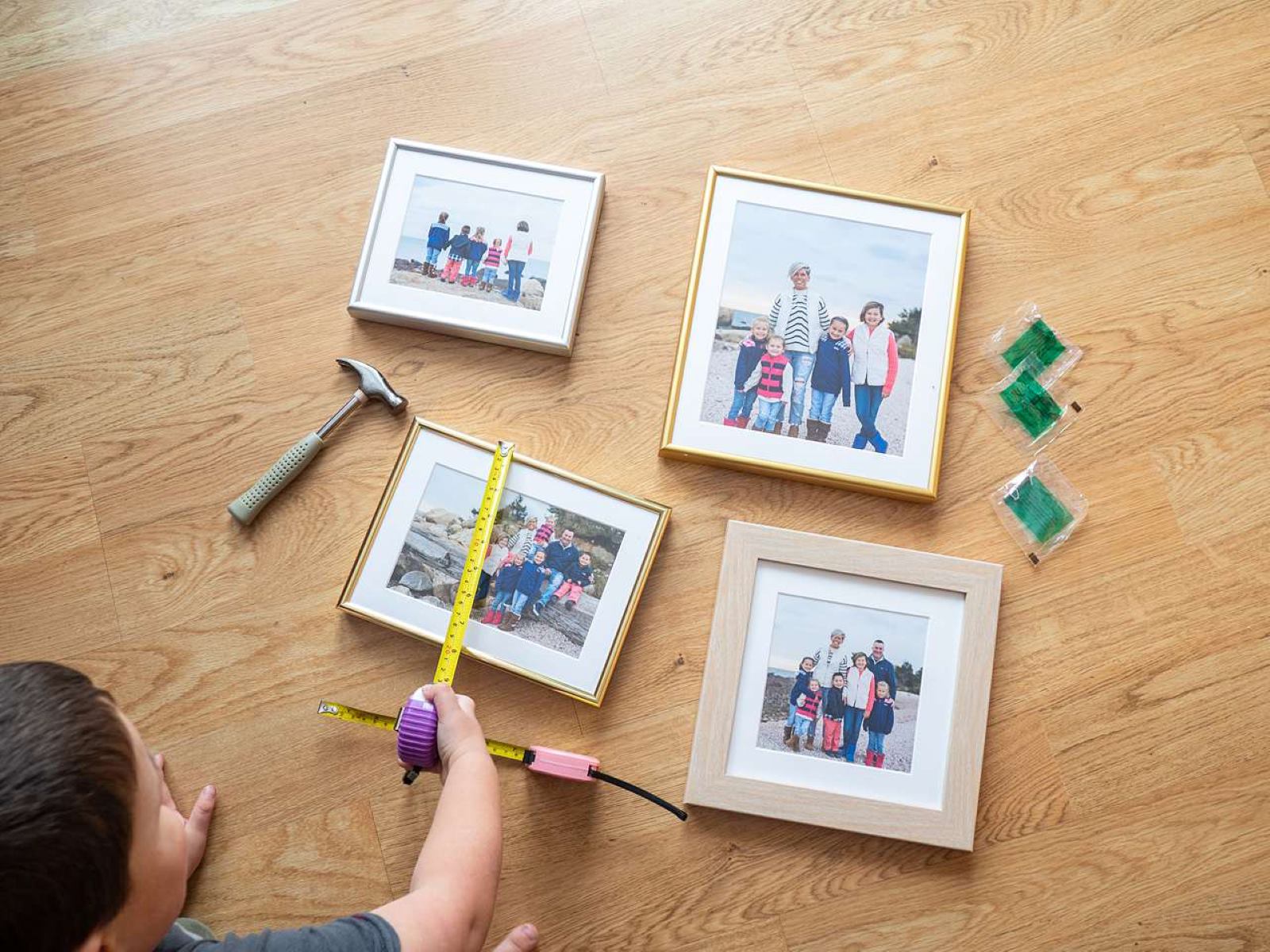
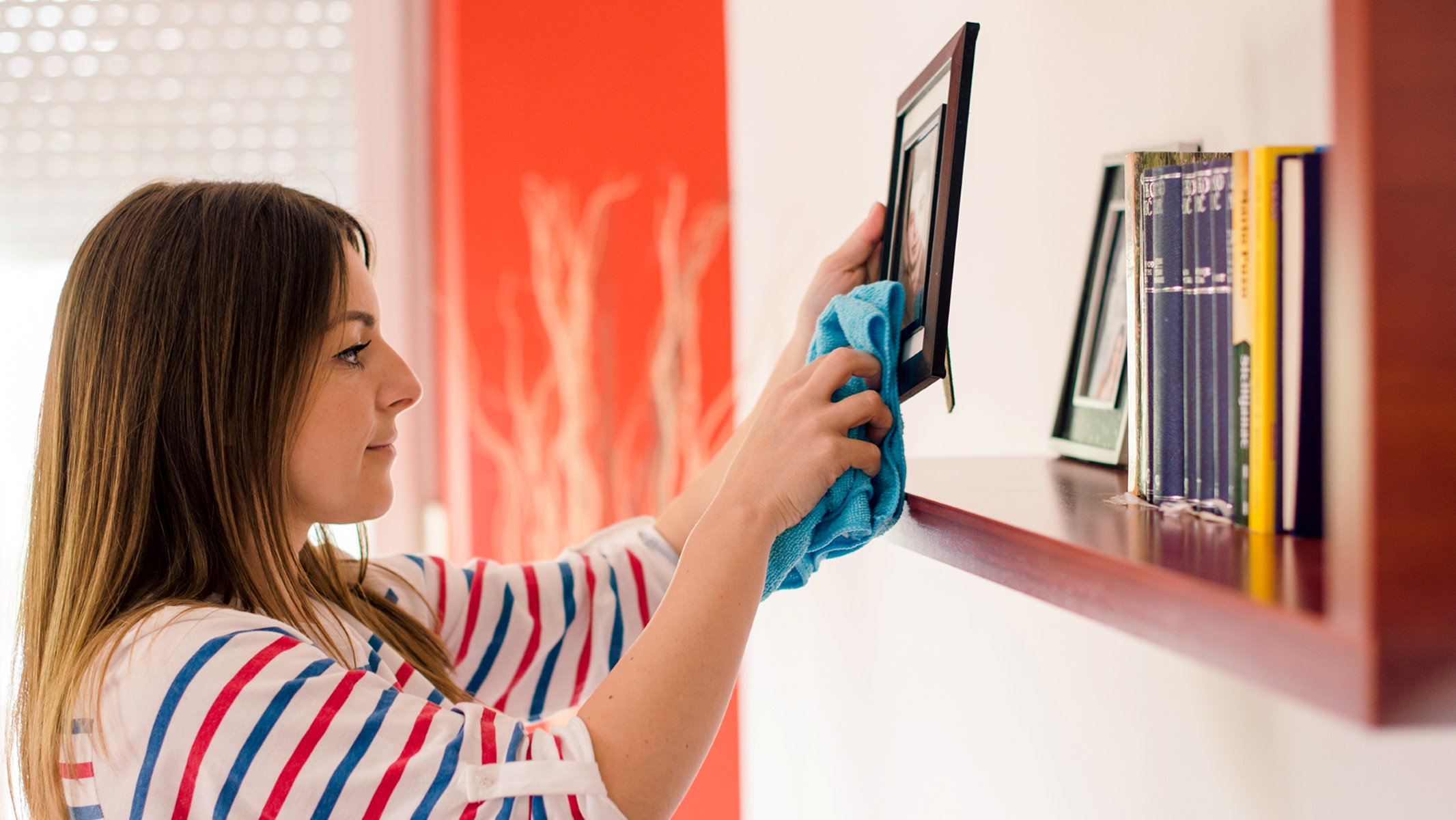
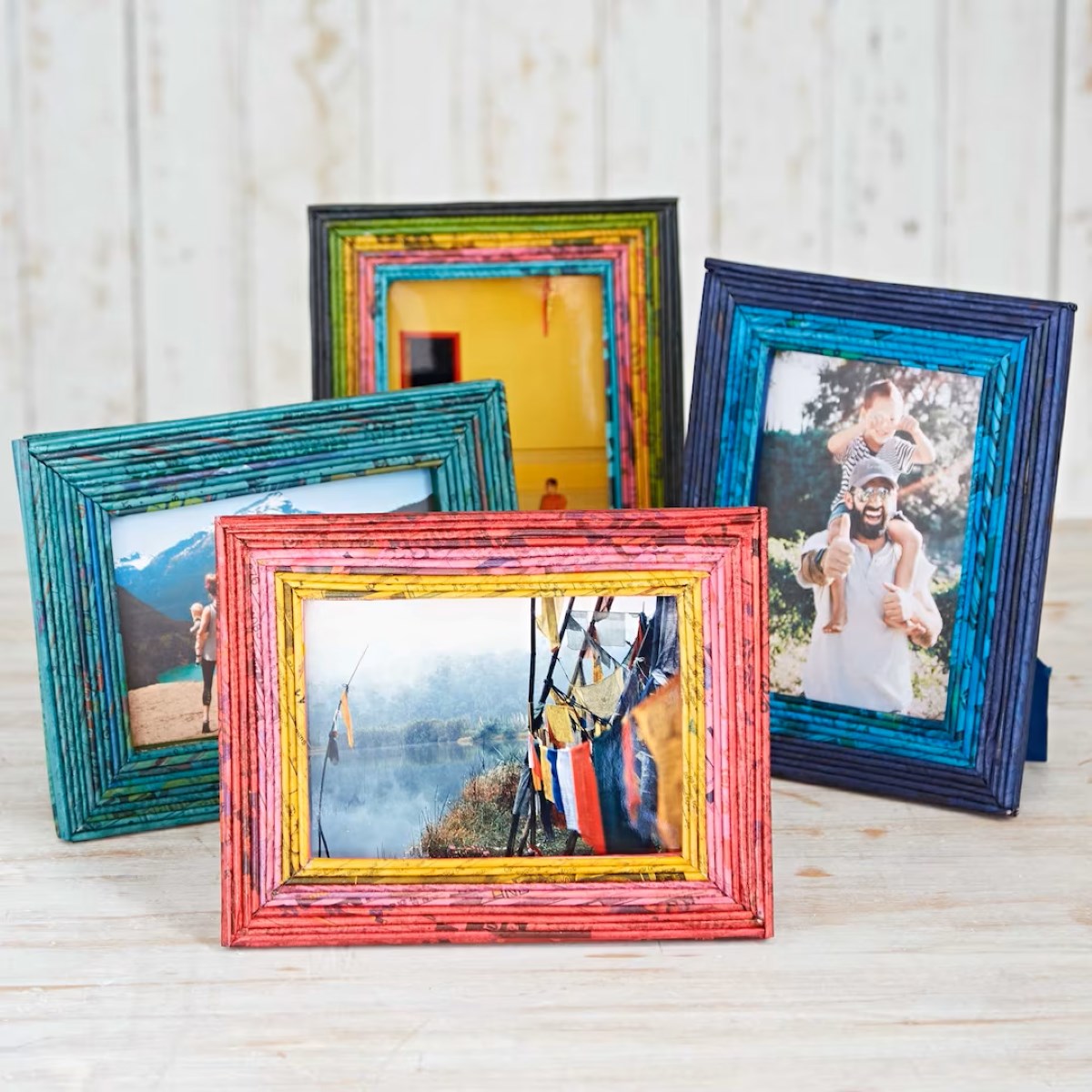
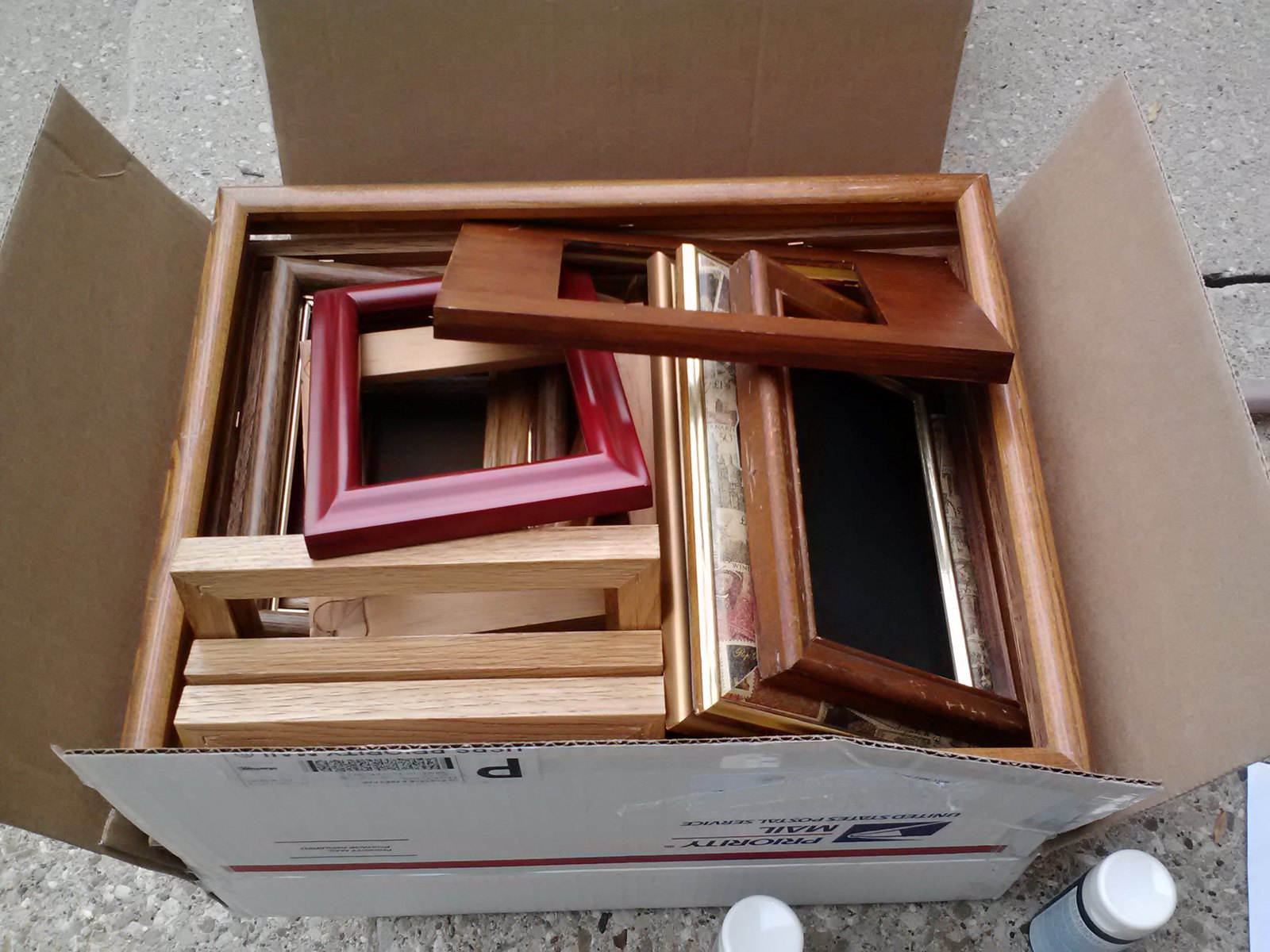
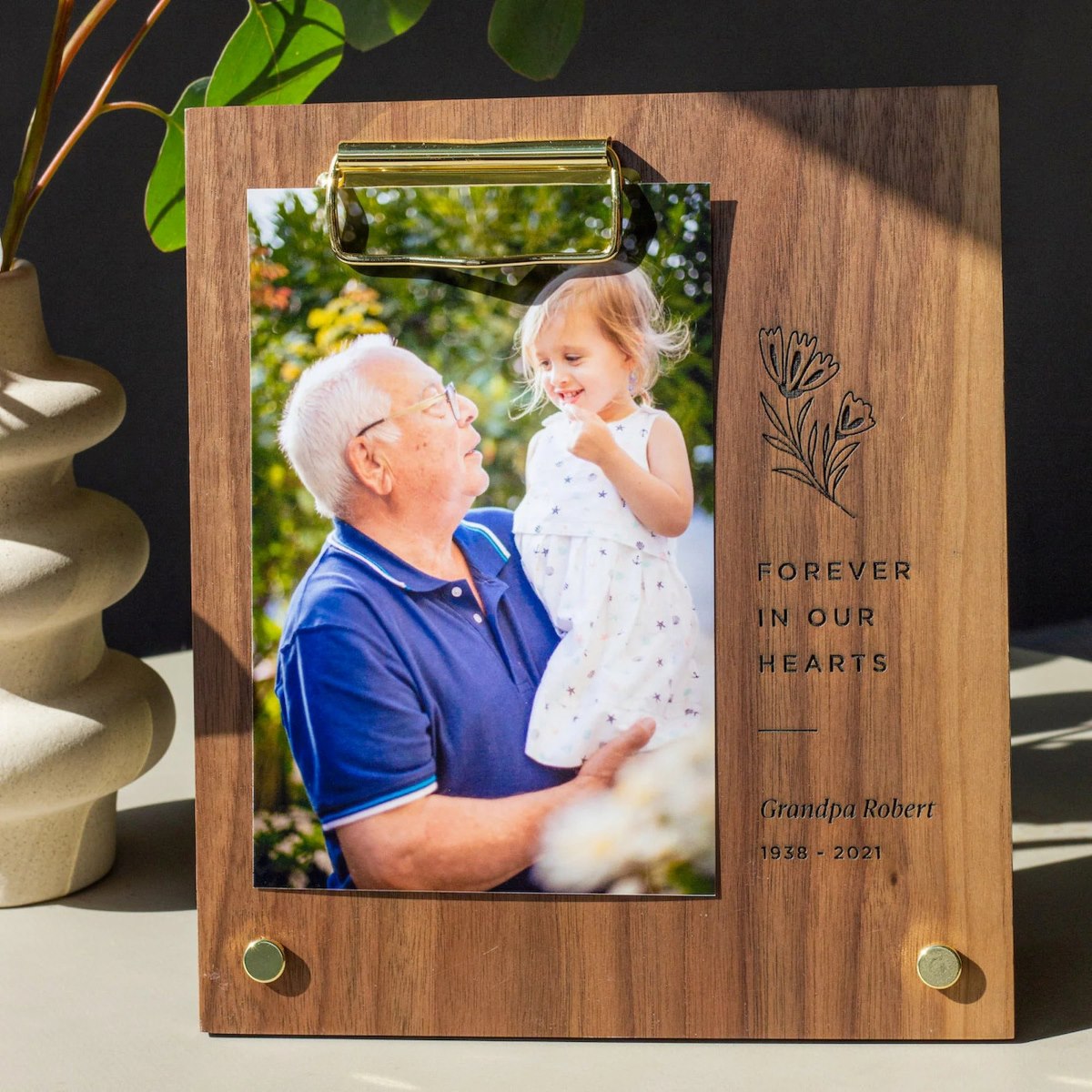
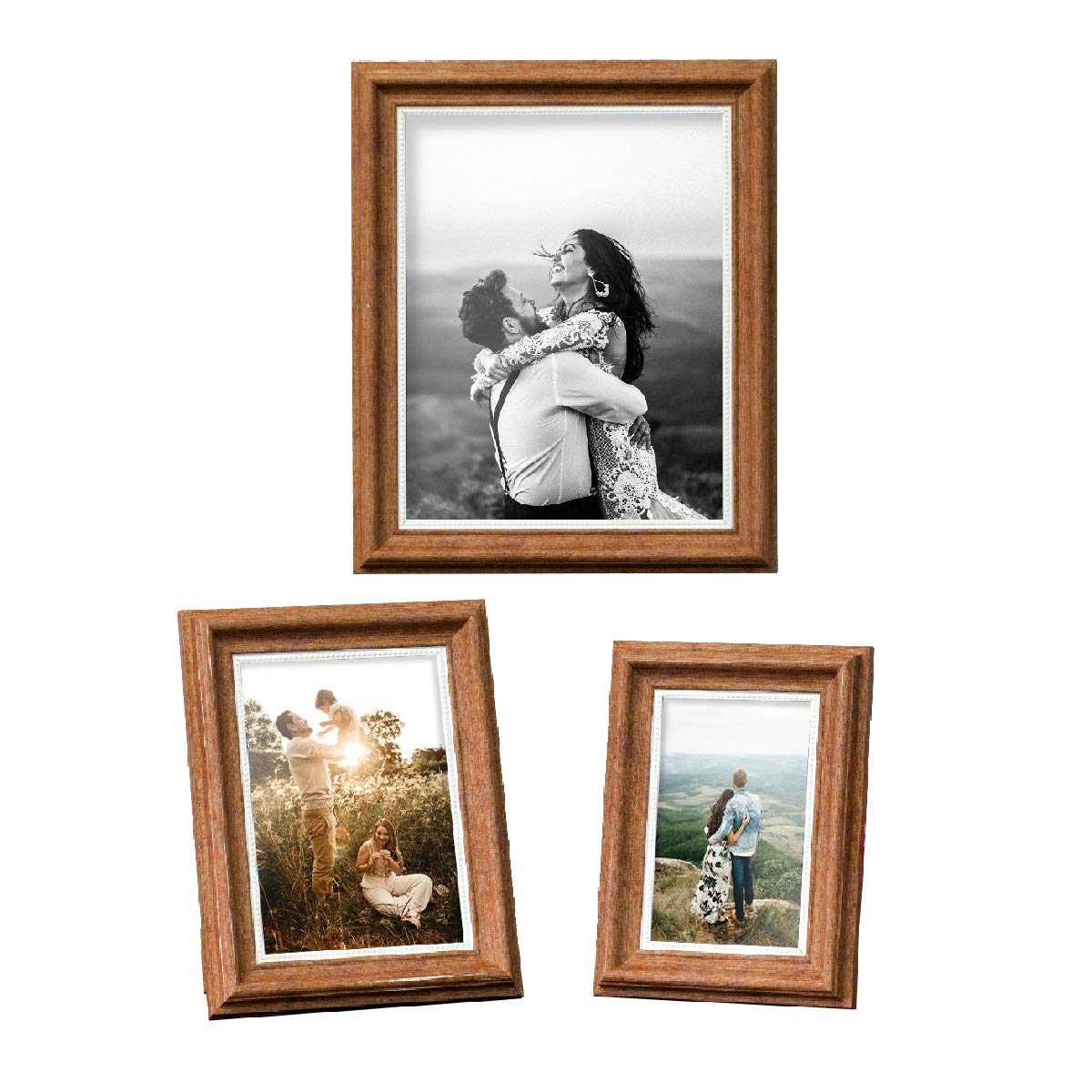
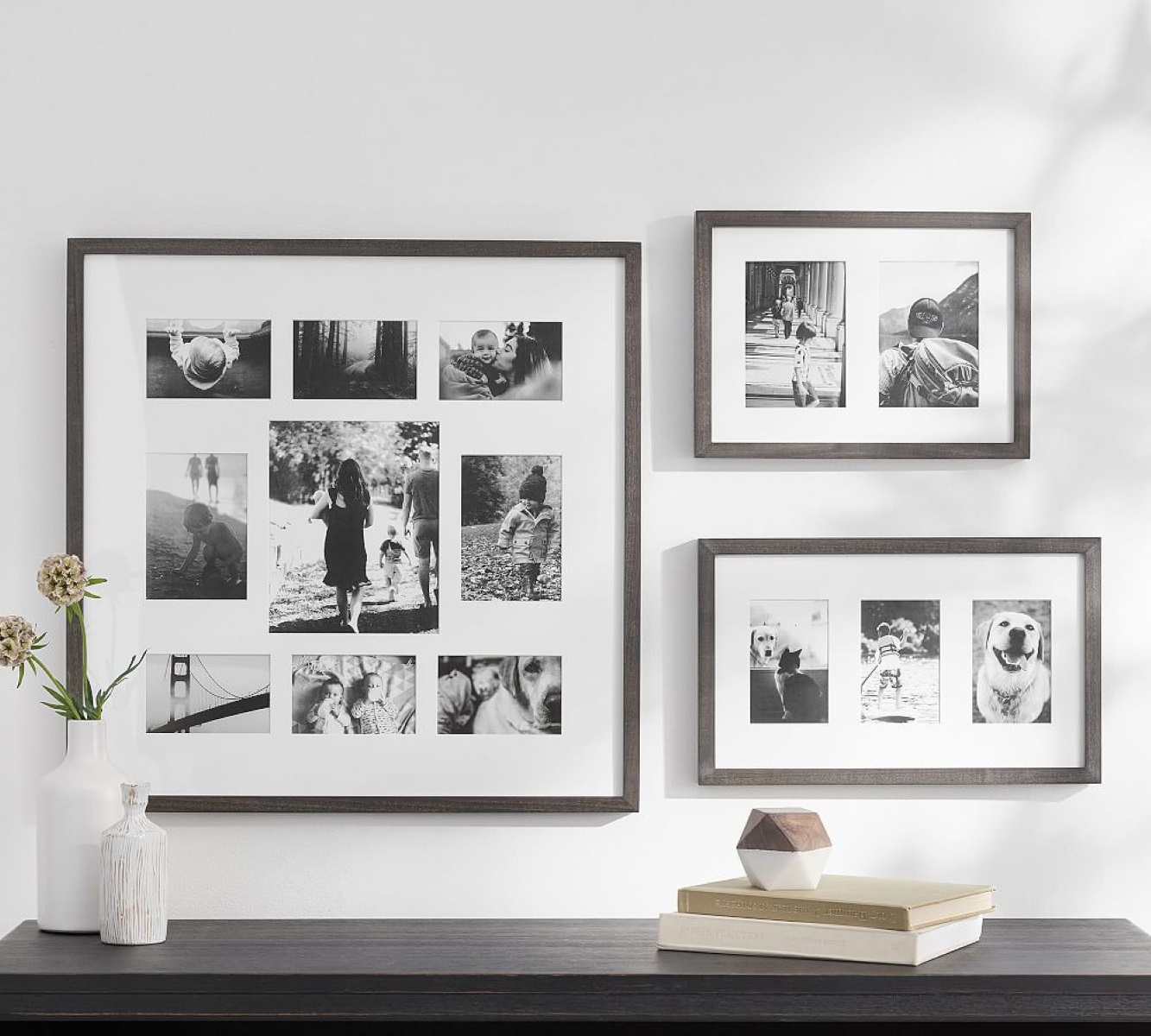
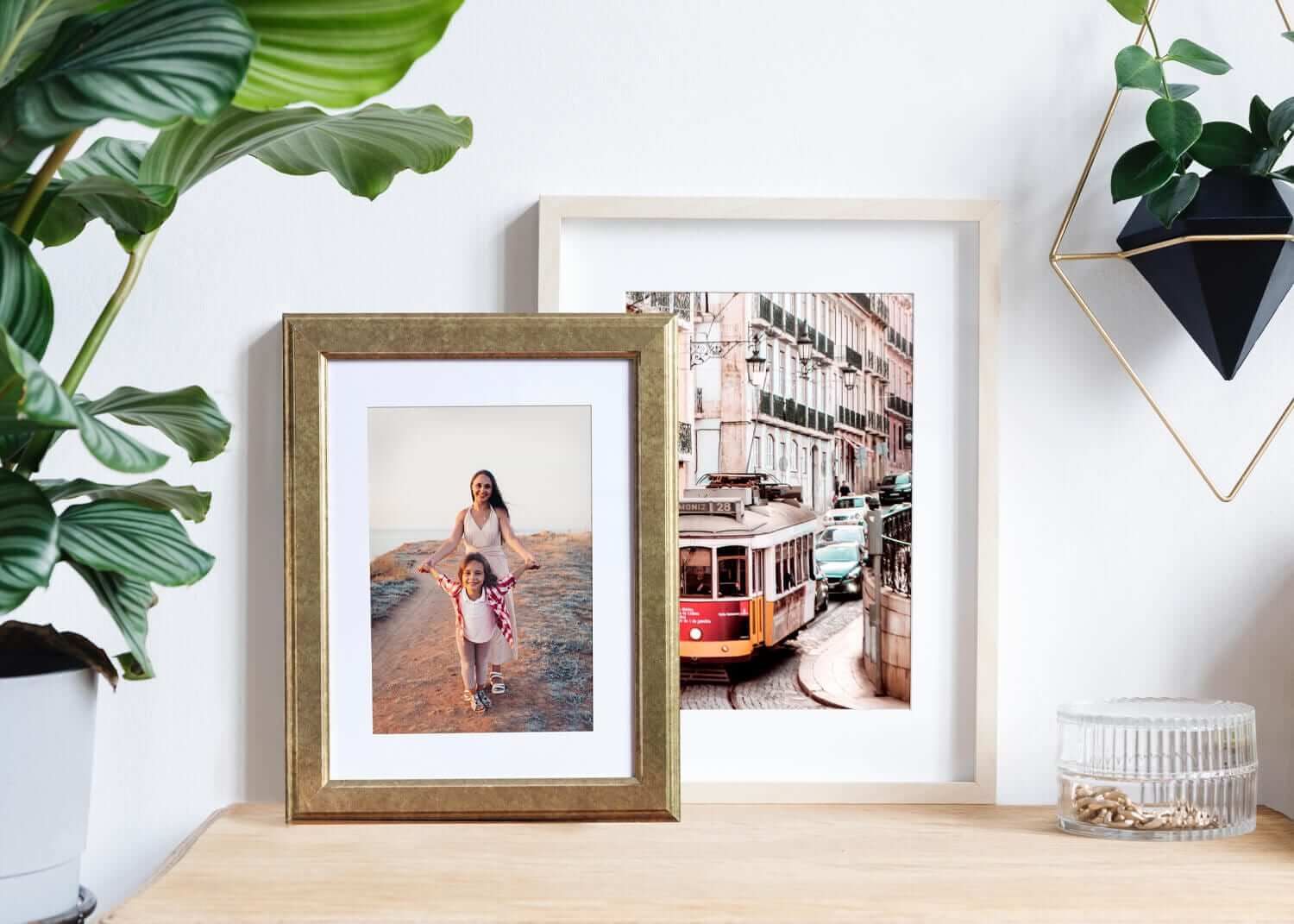
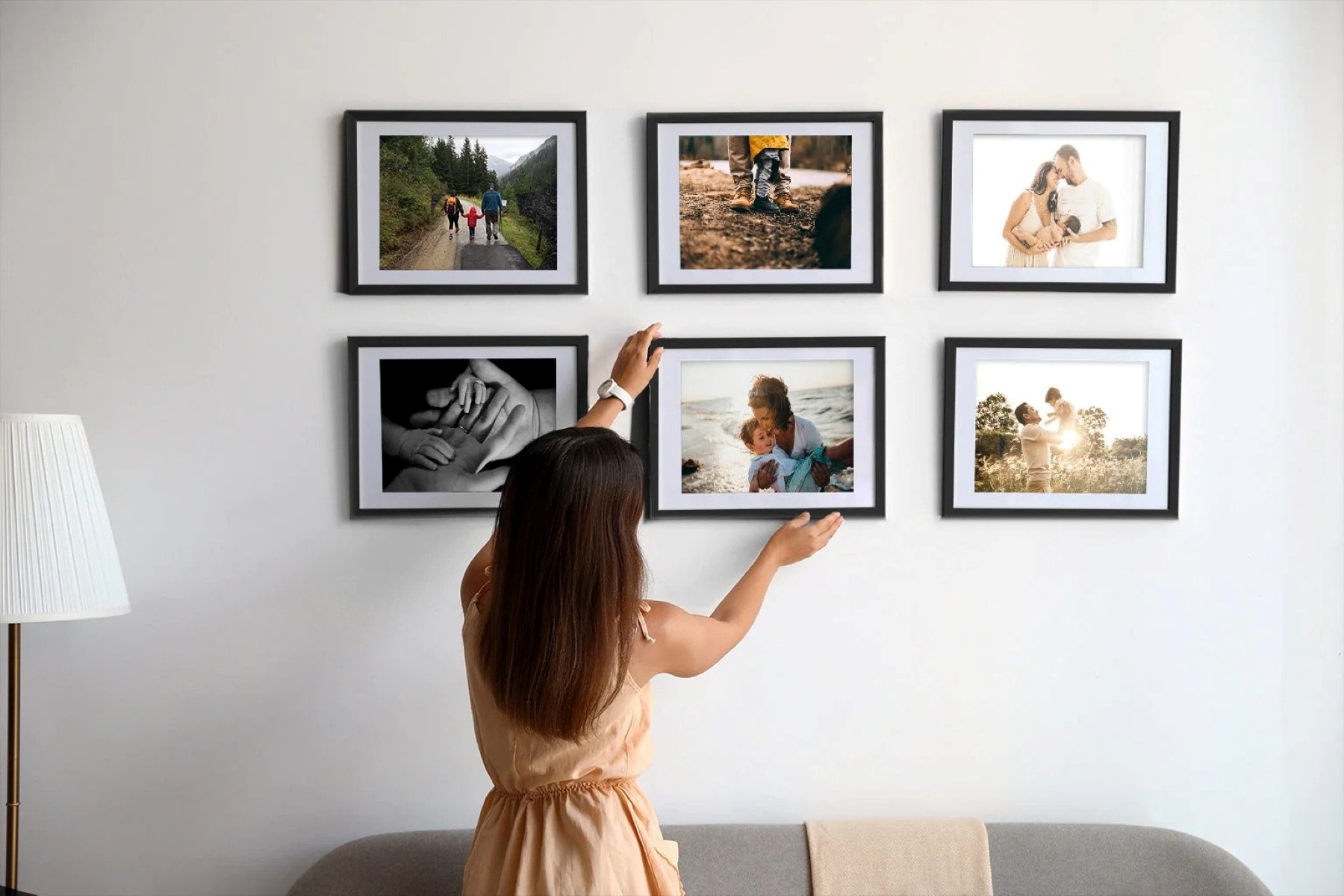
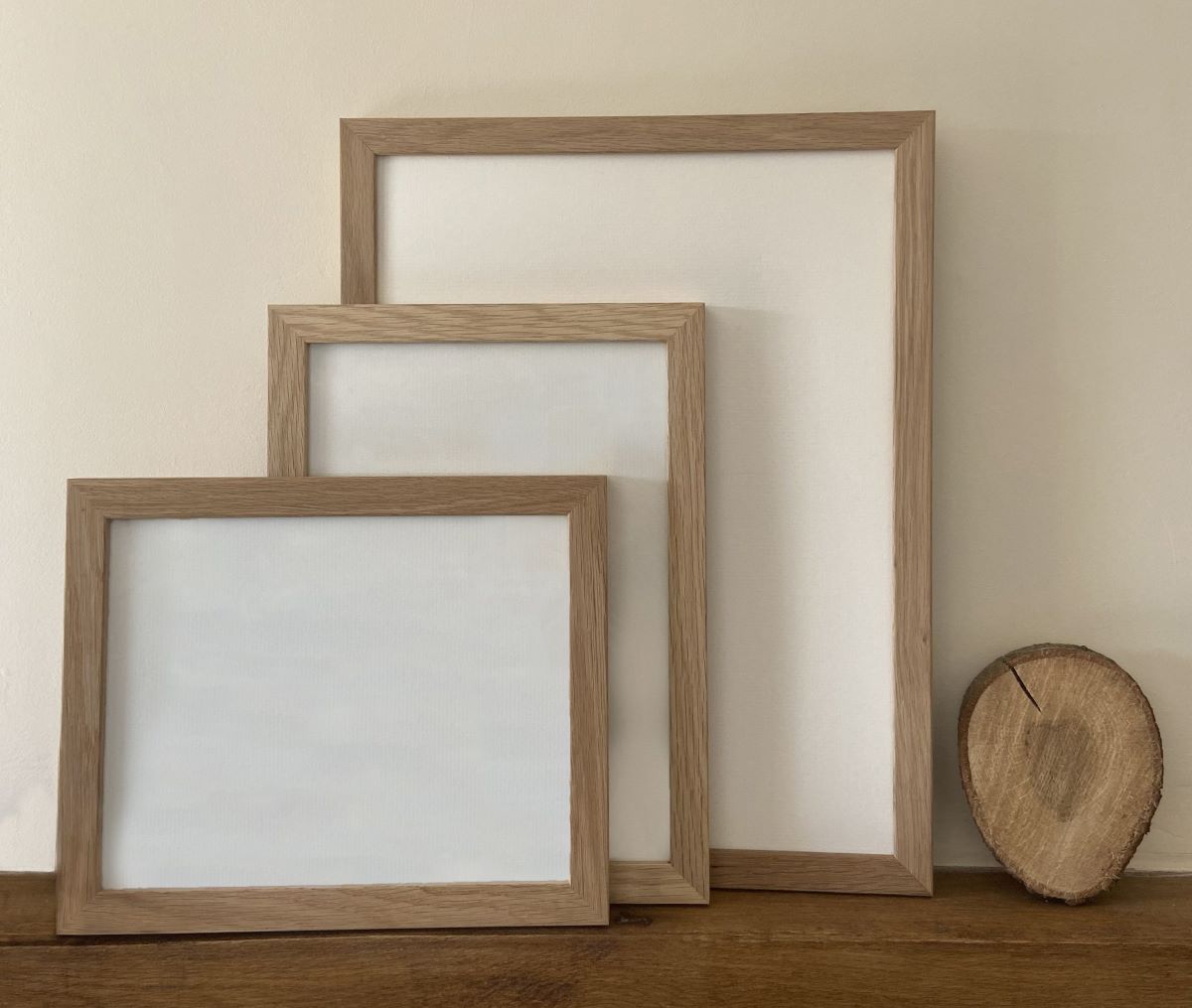
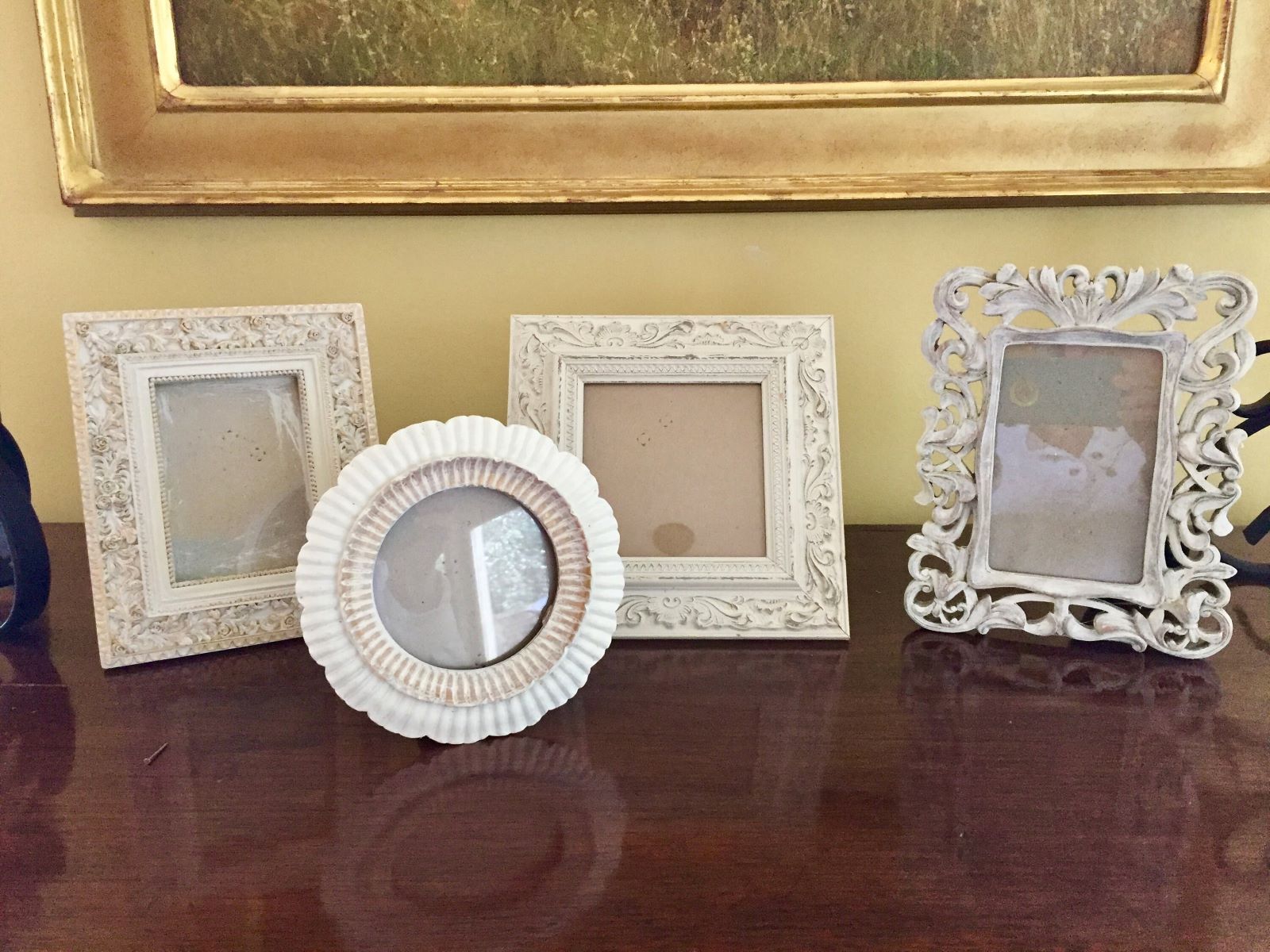
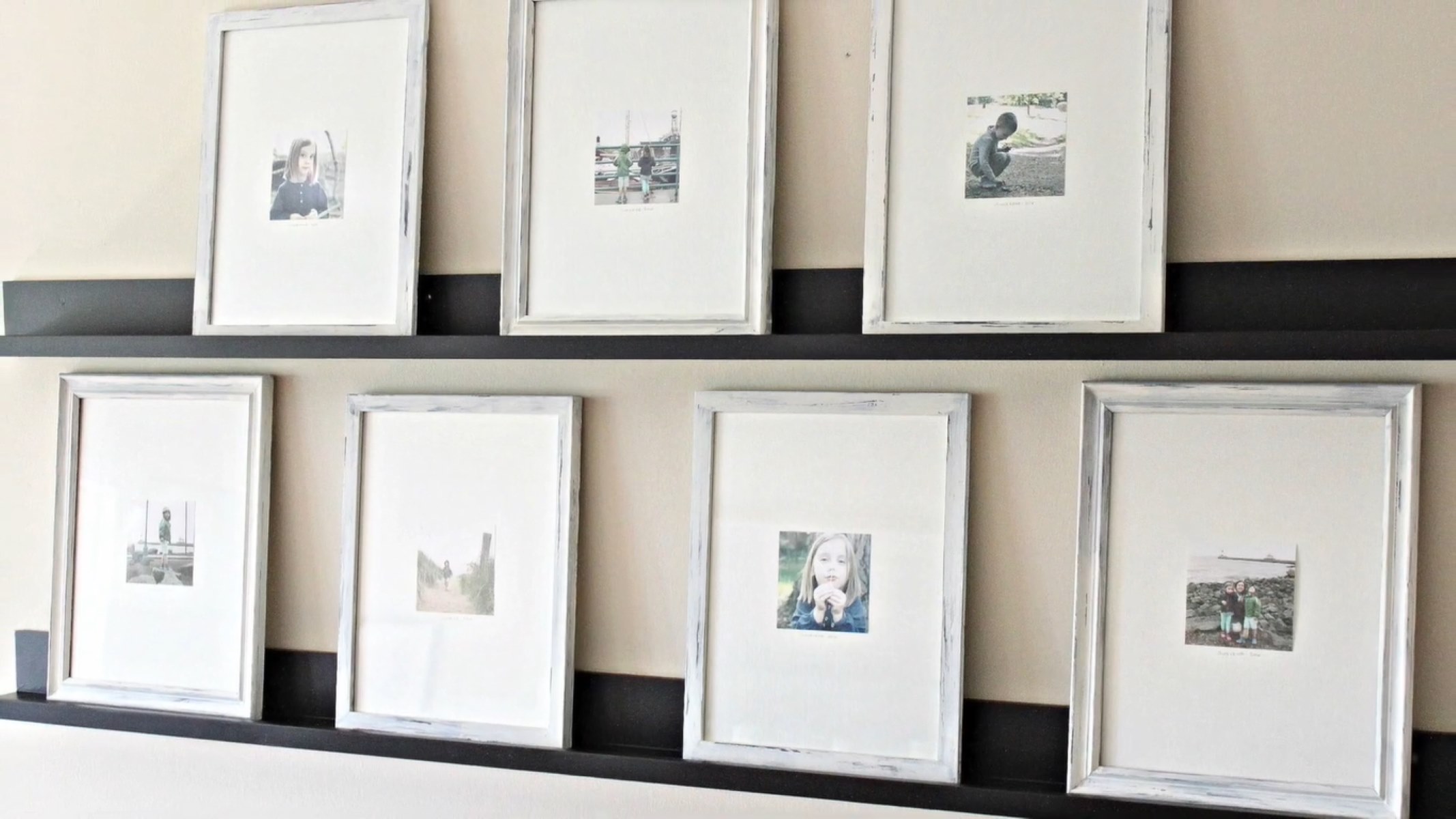
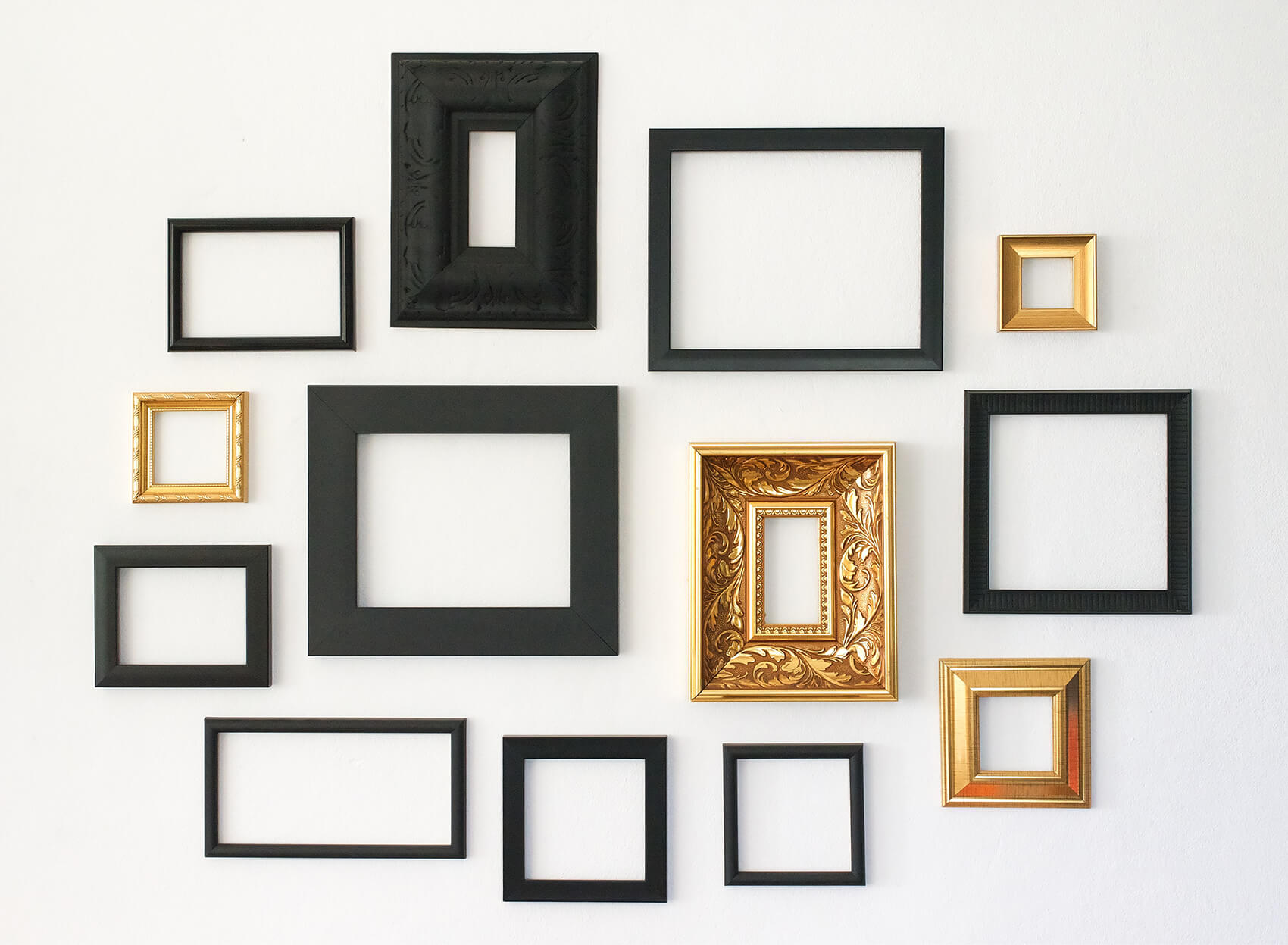

0 thoughts on “How To Build Floating Picture Frames”